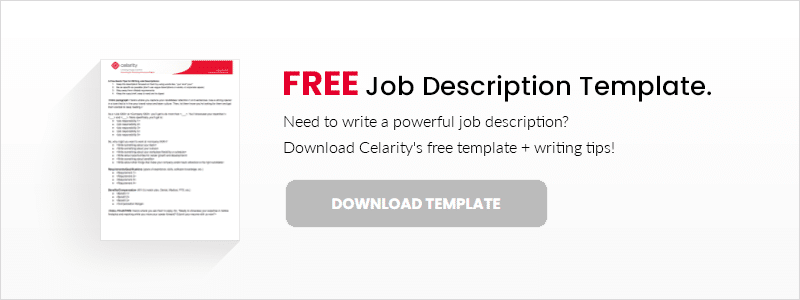According to the BCS Digital Accessibility Specialist Group (DASG), Digital Accessibility (DA) is defined as, “the ability for all individuals to easily use information technology products and services regardless of any physical or mental impairment they may suffer from.”
What does a Digital Accessibility Specialist do, typically?
Define policies and guidelines
Each organization should have its own set of accessibility policies and guidelines. A Digital Accessibility Specialist may create a policy or integrate new guidelines into an existing policy. It’s important that accessibility guidelines adhere to brand and project management standards and frameworks.
Evaluate and provide accessible solutions
Digital Accessibility Specialists spend time performing audits, reporting on their findings, and developing solutions that align with company policies, standards, and dynamic coding. Once a solution is created, Accessibility Specialists perform testing to ensure that their efforts are successful.
Collaborate with and educate team members
Not only do Digital Accessibility Specialists report their findings and develop solutions to accessibility issues, they also work closely with a team to implement those solutions. As an advocate for global usability, the Accessibility specialist helps train peers and mentors them on accessibility best practices.
Digital Accessibility is not:
Limited to those with disabilities
Accessibility also applies to those in limiting situations. For example, hand-free mobile applications for drivers or the emergency function on the iPhone when the phone is locked.
A barrier to creativity or innovation
Digital Accessibility is all about inclusion and designing for a diverse group of users. And, designing within a set of accessibility restrictions can be challenging. So, the specialist must develop creative answers that solve for usability weaknesses within those constraints.
Measuring digital accessibility
Following the Web Content Accessibility Guidelines (WCAG) is the best way to measure the accessibility of a product or website. WCAG focus on four principles:
- Perceivable – “..users must be able to perceive the information being presented (it can’t be invisible to all of their senses).”
- Operable – “…users must be able to operate the interface (the interface cannot require interaction that a user cannot perform).”
- Understandable – “…users must be able to understand the information as well as the operation of the user interface (the content or operation cannot be beyond their understanding).”
- Robust – “…users must be able to access the content as technologies advance (as technologies and user agents evolve, the content should remain accessible).”


